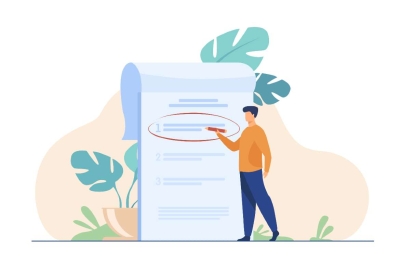
Gamification - Would you like to play a game?
Posted on:
Would you like to play a game?
Gamification is the process of taking a task or a series of tasks that must be completed and applying game design principles to engage and motivate people, or players, to completion. When people are motivated they will often complete tasks faster and by increasing engagement with a task we see that repeated performance often leads to increased efficiency as well as improved accuracy overall.
If we consider day to day tasks in the workplace it may be possible to take a mundane or boring task and apply game principles to bring a new sense of interest or enjoyment, increasing user engagement and productivity. Gamification of a complex process can also aid in the learning process as complexity can be broken down into smaller stages or levels.
Gamification is a relatively new concept first conceived in the early 00’s, and as such, often confused with Game Theory, which is defined as “the study of mathematical models of conflict and cooperation between decision makers”, and was first proposed in the 1930’s.
Principles:
If we look at a task from beginning to end with various steps or stages that must be completed or passed, this story makes up the pitch or board on which the game is played as well as identifying the parameters which can be called the game rules.
The most common terms in Gamification are:
-
Points,
-
Badges,
-
Levels,
-
Leader boards,
-
Challenges
Players are motivated by a combination of these terms. Completing minor tasks or minor elements of a task will earn the player points. More efficient play often rewards more points.
Points mean prizes:
The earliest form of gamification we are aware of is the frequent flyer programmes. Miles were equal to points and points could be converted into more flights, services and various prizes.
Of course the notion of points is completely arbitrary and completely at the discretion of the company who produces the programme.
Badge of honour:
Earning points can be seen as an entry point in gamification techniques and thought of as personal motivation for the player. The next stage is the introduction of badges. A Badge is more of a social motivation.
Badges are usually associated with player profiles, an outward display of the players individual success that is accessible by other team members of in some cases by the public.
Badges are often earned for completion of specific tasks for example:
Earning a certain level of points, completing a task under a time limit, or completing multiple or repeated tasks.
Badges are an identifier which is beneficial for highlighting a players best attributes within the game or task. Has this player earned a badge for accuracy, speed or number of tasks completed etc. While the player seeks to achieve the associated badges for personal gain, from the perspective of the company or person who is analysing the game statistics it can be extremely beneficial to review badges accumulated by the players. People with specific badges can be identified as high potential candidates for example
Follow the Leader:
Taking this to the next stage we often see the addition of challenges and leader boards. While we are personally motivated to complete a task at a local or personal level, by adding a leader board we bring the game into a wider group or social context. Leader boards for the most part often equal little in the way of additional monetary reward but generally rely on pride as a motivator. Sometimes a grand prize for the top competitor is awarded, but for every other position comes the bragging rights associated with being one step ahead of a rival.
The Applications:
Gamification has been on a steady rise over the last few years across almost every sector, but most visibly within retail if we take the example of the rewards card. We have now entered the age where purchasing your morning coffee along with your petrol means you can be a step closer to a holiday voucher, or picking up a specific fabric detergent at the weekend means double points added to your total shopping spend. Gamification has converted the mundane task of running out for shopping into a quest.
The Author Mark Twain in the classic tale of Tom Sawyer and Huckleberry Finn tells a story where Tom is charged with painting a fence as a punishment. By using reverse psychology on a group of other children he convinces them that painting the fence is great fun and they complete the task for him. Perhaps this is an early seed of the gamification philosophy
“Work consists of whatever a body is obliged to do, and that Play consists of whatever a body is not obliged to do “
The Dark Side:
If all of the above can be seen as positives it would be remiss to complete this article without at least pointing to potential negative uses. For example now that everything can be made into a game are you happy to be a player, or are you even aware that you are playing? Are special offers aimed at regular engaged players, or in some cases, is an offer only given to attract new players as a way to build habit and attract more regular play? Can the player be manipulated into actions which benefit the distributor more than the consumer?
The next time you are offered a rewards card or a special offer you may as yourself is this a game you want to play. Whatever the case may be and however you look at it, gamification is here to stay,
So get your game face on.
by Enda Rochford





